Flatworms can rebuild themselves from just a small fragment, and now scientists know why. Their stem cells ignore nearby instructions and respond to long-distance signals from other tissues. This discovery turns old stem cell theories upside down and could lead to new ways to repair or regrow human tissue. It also reveals a hidden complexity in one of nature’s simplest creatures.
Get the latest international news and world events from around the world.
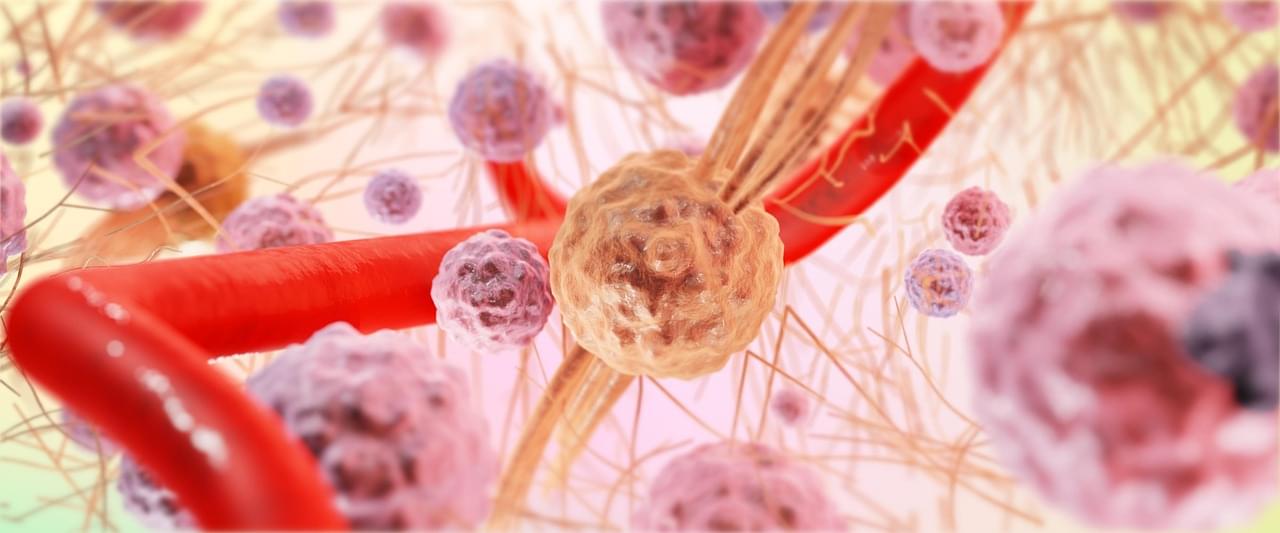
Engineered Immune Cells Improves Anti-Cancer Response
Scientists have developed a way to engineer immune cells that specifically target tumors. The application of engineering cells first appeared in the 1980s, but the concept has significantly progressed over the last few decades. This approach of engineering a patient’s cells as a form of therapy allow the immune system to specifically target the tumor and limit off-target affects.
Chimeric antigen receptor (CAR) T cells is an immunotherapy that takes patient T cells and edits them to target the tumor. The cells are then reinfused to accurately and effectively eliminate tumor growth. Immunotherapy is a general classification of cancer treatments that refers to the redirection of the immune system toward a disease or infection. T cells are responsible for the identification and elimination of infected cells and other diseases. Therefore, they are the optimal cell to engineer for robust and durable antitumor immunity. While scientists are working to engineer other cell types, CAR T cell therapy have been shown to have improved efficacy in multiple types of blood or hematological malignancies.
CAR T cell therapy in solid tumors is less effective. Unfortunately, the environment around the tumor has a complex network of various cell types combined with proteins and other molecules that inhibit CAR T cell efficacy. As a result, these CAR T cells cannot function and contribute to tumor progression. Scientists are currently working to improve CAR T cell therapy and develop stronger anti-cancer treatments.
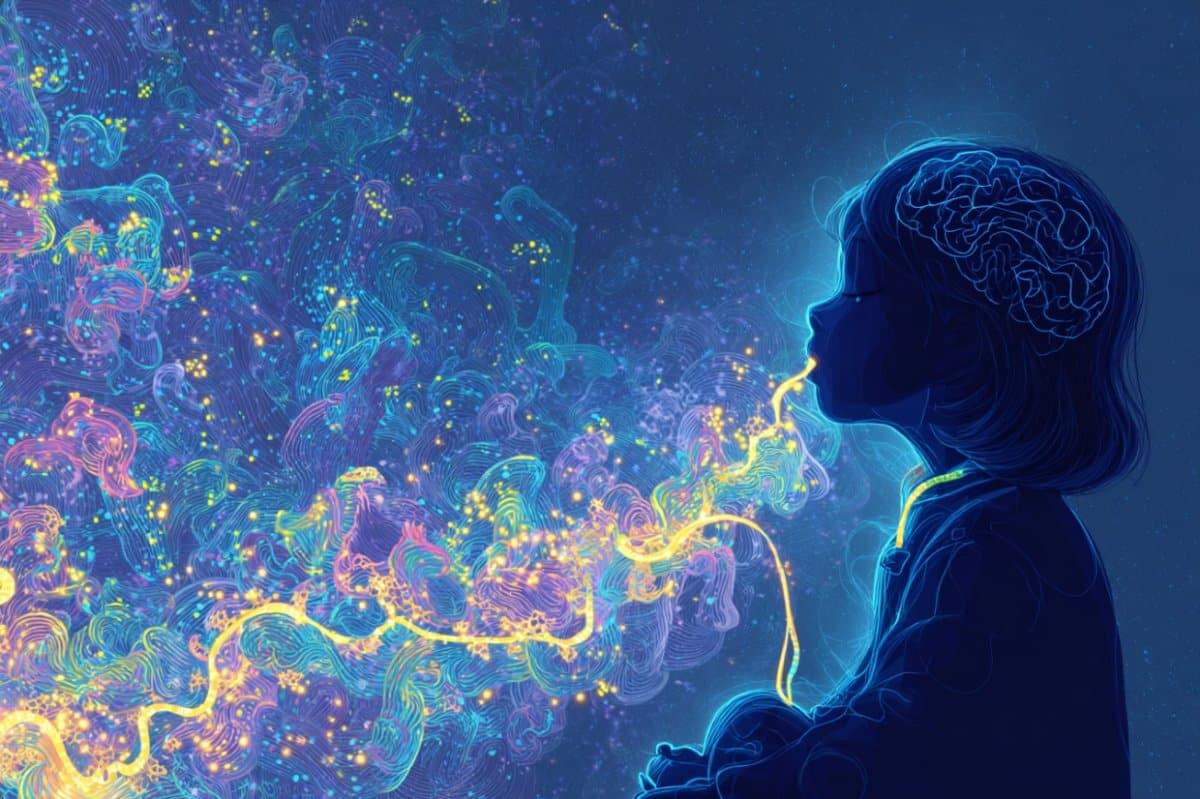
Rumor: Half-Life 3’s Trailer May Already Be in the Works
Could a year and a half of rumors be leading to the biggest video game reveal of all time?
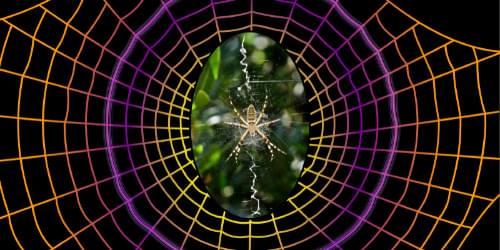
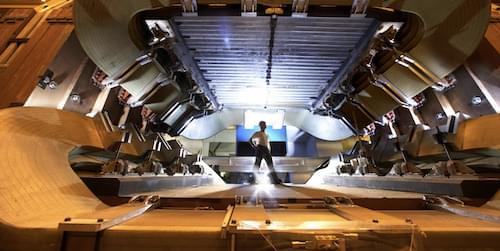

Strong magnetic field helps answer a question about the ‘new duality’ in materials physics
As someone who studies materials, Lu Li knows people want to hear about the exciting new applications and technologies his discoveries could enable. Sometimes, though, what he finds is just too weird or extreme to have any immediate use.
Working with an international team of researchers, Li has made one of those latter types of discoveries, detailed in Physical Review Letters.
“I would love to claim that there’s a great application, but my work keeps pushing that dream further away,” said Li, professor of physics at the University of Michigan. “But what we’ve found is still really bizarre and exciting.”

As AI grows smarter, it may also become increasingly selfish
New research from Carnegie Mellon University’s School of Computer Science shows that the smarter the artificial intelligence system, the more selfish it will act.
Researchers in the Human-Computer Interaction Institute (HCII) found that large language models (LLMs) that can reason possess selfish tendencies, do not cooperate well with others and can be a negative influence on a group. In other words, the stronger an LLM’s reasoning skills, the less it cooperates.
As humans use AI to resolve disputes between friends, provide marital guidance and answer other social questions, models that can reason might provide guidance that promotes self-seeking behavior.

Previously unrecognized hub in the brain’s lymphatic drainage system may assist with clearing waste
How does the brain take out its trash? That is the job of the brain’s lymphatic drainage system, and efforts to understand how it works have pushed the boundaries of brain-imaging technologies.
A new study in iScience by researchers at the Medical University of South Carolina reveals—for the first time in humans—evidence of a previously unrecognized hub in the brain’s lymphatic drainage system—the middle meningeal artery (MMA).
Taking advantage of a NASA partnership that provided access to real-time MRI technologies originally developed to study how spaceflight affects fluid dynamics in the human brain, the MUSC research team, led by Onder Albayram, Ph.D., tracked cerebrospinal and interstitial fluid flow along the MMA in five healthy participants over a six-hour period. They found that the drainage flow of the cerebrospinal fluid was passive, suggesting lymphatic rather than blood flow. Blood would have had a faster, more dynamic flow.
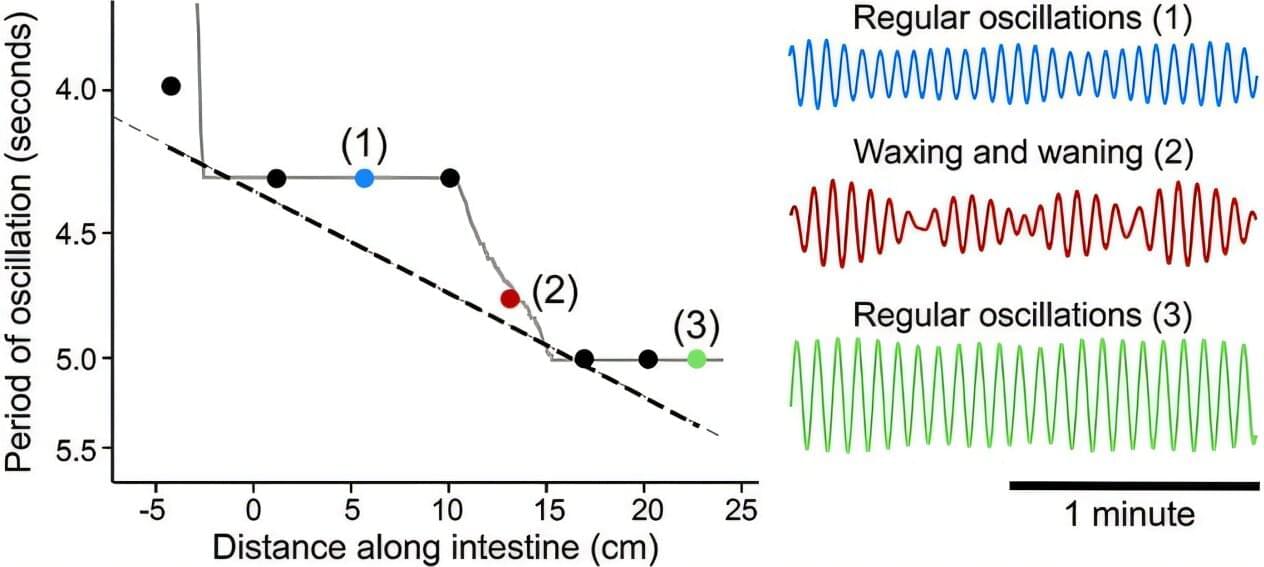
How a chorus of synchronized frequencies helps you digest your food
Synchronization abounds in nature: from the flashing lights of fireflies to the movement of fish wriggling through the ocean, biological systems are often in rhythmic movement with each other. The mechanics of how this synchronization happens are complex.
For instance, in the vasculature of the brain, blood vessels oscillate, expanding and contracting as needed. When there is neural activity, the arterioles expand to increase blood flow, oxygen and nutrients. These oscillations are self-sustained, but the arterioles also work in concert with each other. How this happens is not well understood.
To uncover the answer, researchers at the University of California San Diego looked to another part of the body: the gut. Here they found that oscillators operating at similar frequencies lock onto each other in succession, creating a staircase effect. Their work appears in Physical Review Letters.